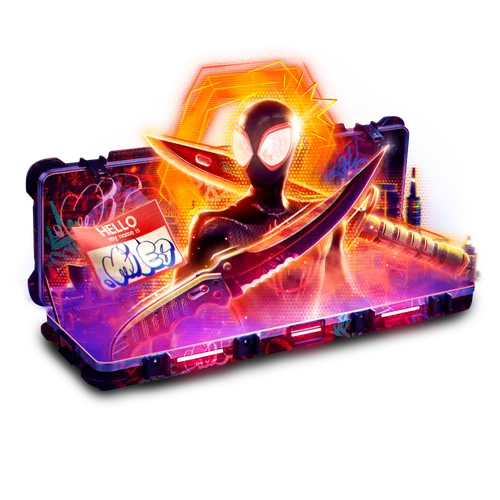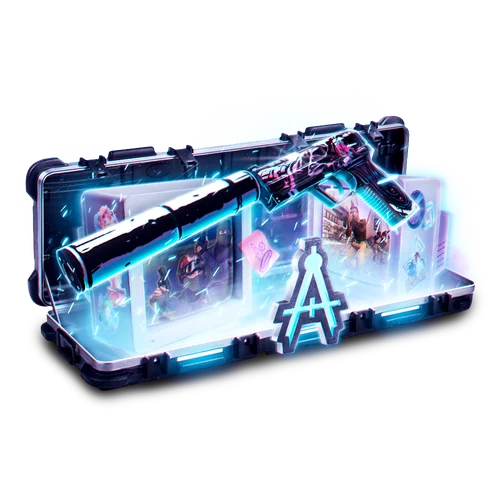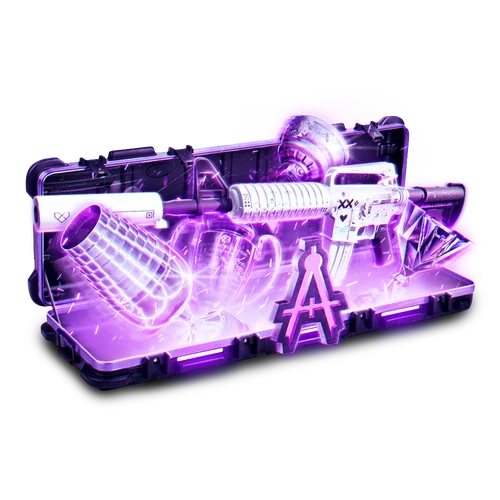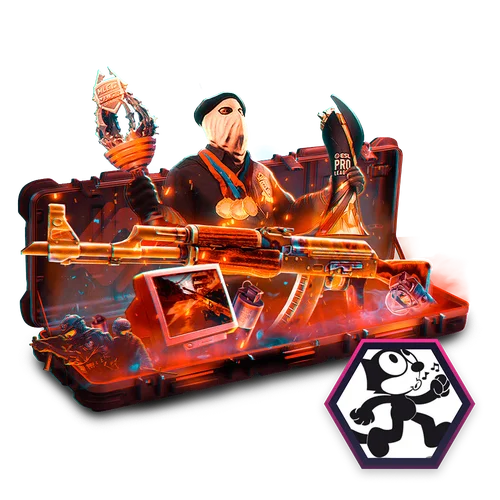In CS2, the Vertigo map continues to be a staple in the map pool, offering a unique and challenging setting for players. As a vital component of CS2 matchmaking and professional tournaments, Vertigo stands out with its multi-leveled structure and intricate design. The map demands strategic coordination and precise execution from players, making it a favorite among both competitive and casual players.
Navigating Vertigo successfully requires a deep understanding of the map’s layout and key locations, which is where callouts play a crucial role. Knowing effective Vertigo callouts enhances team communication, enabling players to share vital information about enemy positions and coordinate strategic moves. As we delve into this guide, we’ll explore the essential callouts that players should master to dominate the Vertigo map in CS2.
Vertigo CS2 Map
Vertigo made its debut in 1999 but didn’t initially secure a spot in the official competitive map pool. However, in 2017, Valve unexpectedly removed all references to Vertigo from CS:GO, citing a “rework” for the map. After almost two years of updates, the revamped Vertigo was introduced on January 24, 2019. Following its replacement of Cache, Vertigo became a host for numerous professional matches, including the StarLadder Berlin Major 2019 and PGL Major Stockholm 2021. Although it wasn’t the most frequently played map in these championships, Vertigo, known for its unconventional layout, offers strategic surprises. By the way, we also have a guide on Anubis callouts. Now, let’s delve into the CS2 Vertigo callouts, this map offers distinct and strategic locations.
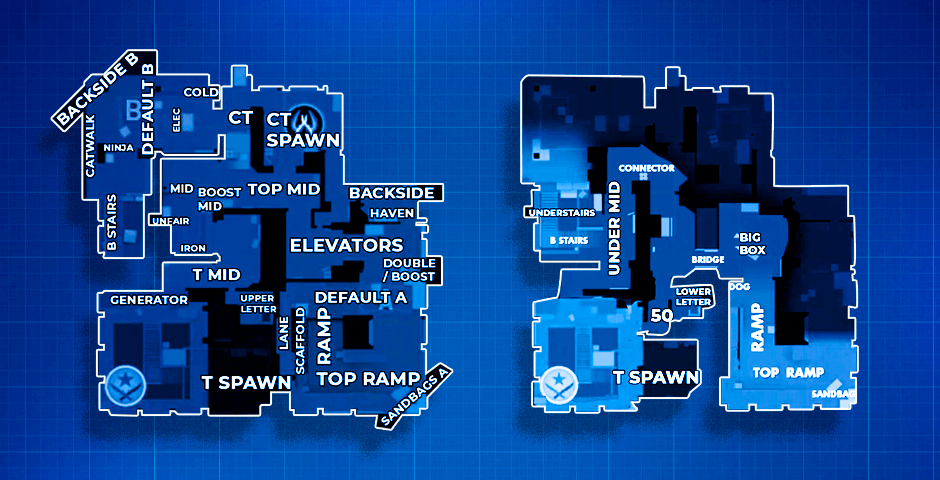
Vertigo Map Callouts
Lower Floor and T-Spawn
- T-Spawn: The spawning area for attacking side players.
- Stairs: Key stairs near T-Spawn, leading to the middle of the map.
- Generator: A small generator near the entrance to T-Mid, just after the stairs.
- Toilets: Located under the stairs in T-Spawn.
- Quick: A large container next to the stairs, allowing quick descent from the top floor.
- Upper Spawn: A small hanging structure encircling T-Spawn after ascending the stairs.
- 50: The general name for the space connecting the T-Spawn exit to the ramp.
- Save Spot: A corner after the bridge, the default place to save devices for both teams.
- Bridge: Connects 50 to the exit ramp of the A site.
- Drop Room: A room with a staircase linking two map floors.
- Connector: A small room connecting exits to both bombsites.
- B Lower: The path leading to the B site, encompassing positions from T-Spawn to stairs under the B site.
- B Stairs: Positioned on the lower floor, facing the entrance to the B site.
- Under Stairs: Denotes a small space beneath the stairs, often used by attacking players for surprise plays.
- Sheets: The precise name for building sheets near the corner after crossing the bridge to the ramp.
- Big Box: The position leading players to the large box in front of the ramp’s starting point.
- Dog: A corner closer to the ramp’s beginning on the lower tier of the sidewalks.
- Trap: An elongated sidewalk covered with a yellow stand.
- Ramp: The general name for the ascent to the A site.
- Top Ramp: The upper part of the ramp, starting just after the turn before entering the A site.
- Sidewalks: The corner exit to the A site, forming an L-shaped alley.
- Fence: Marks an extended indent above the ramp.
- Sandbag: A sandbag near the exit to the A site.
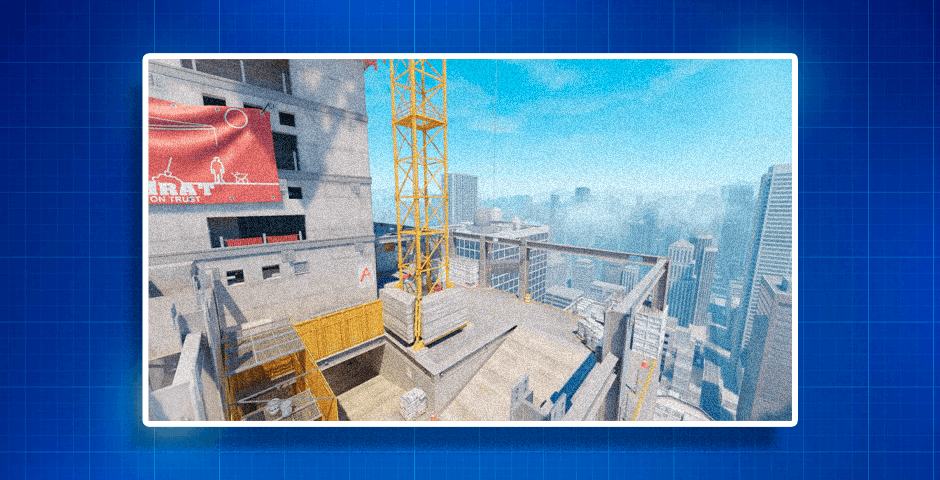
Vertigo A Site
- Default A: This is the standard spot for planting the C4. Positioned behind the boxes inside the A site, it faces the ramp.
- Boost: Refers to various boxes that a defending player may climb for a strategic advantage.
- Heaven: A small window in the distant room, often used by the defense team’s sniper for peeks.
- Dark: An expansive area linking the map’s center to access points from CT-Spawn to the A site.
- Back Doors: A small room connecting both pathways for exiting to the A site from CT-Spawn.
Vertigo Mid
- T-Mid: The region that commences right after the stairs, extending to the turn opposite the descent room.
- Ladder: A compact space linking the map’s two levels.
- Mid: The broad term for the map’s central area.
- Iron: Referring to a set of iron sheets positioned near the exit leading to T-Mid.
- Mid Boost: A raised box situated around the corner at the entrance to Top Mid.
- Top Mid: The distant section of the map’s center, closer to CT Spawn.
- HS: This callout identifies a small shelter behind a cement bag beneath the nine.
- B Connector: A small ledge connecting the middle of the map to the entrance of the B site.
- CT-Spawn: The starting point for players on the defensive side.
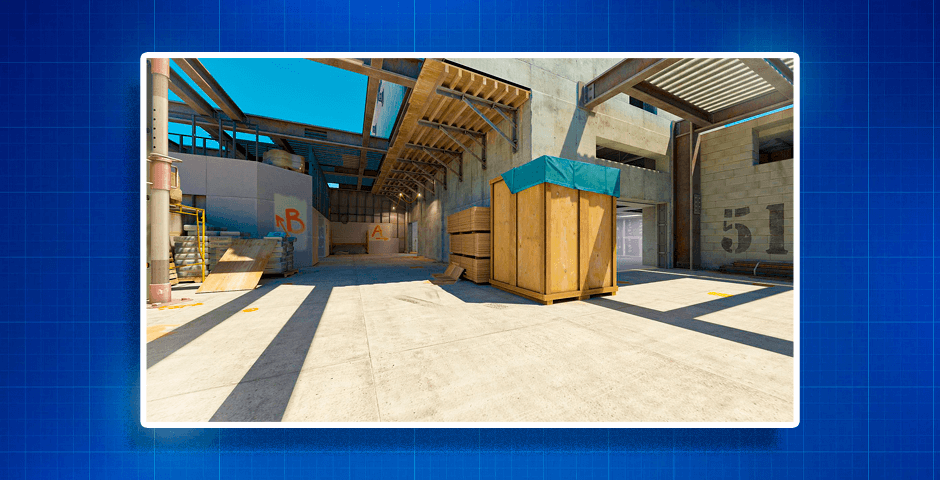
Vertigo B Site
- Let’s delve into the callouts situated at the B site.
- Catwalk: The outermost section of the B site, characterized by a steep ledge.
- Default B: The standard location for planting the C4, positioned behind a set of orange boxes and facing the B ramp.
- Elbow: The remote ledge within the B site, situated behind elevated beams.
- Cooler: This callout refers to a sizable radiator closer to the nine.
Discover our top aim training maps compilation as well!
Navigating CS2 Vertigo Map Callouts
In conclusion, understanding the callouts on the Vertigo map in CS2 is crucial for effective communication and strategic gameplay. From T-Spawn to B Plant, each location has its unique identifier, allowing players to coordinate movements and execute precise tactics. Vertigo callouts provide a common language for teams to navigate the complexities of the map, enhancing overall coordination and teamwork. Whether attacking the A or B site, mastering these callouts ensures a competitive edge. As the map continues to be a part of CS2’s competitive landscape, familiarity with Vertigo callouts becomes an invaluable asset for players aiming for success in professional tournaments and matchmaking alike.































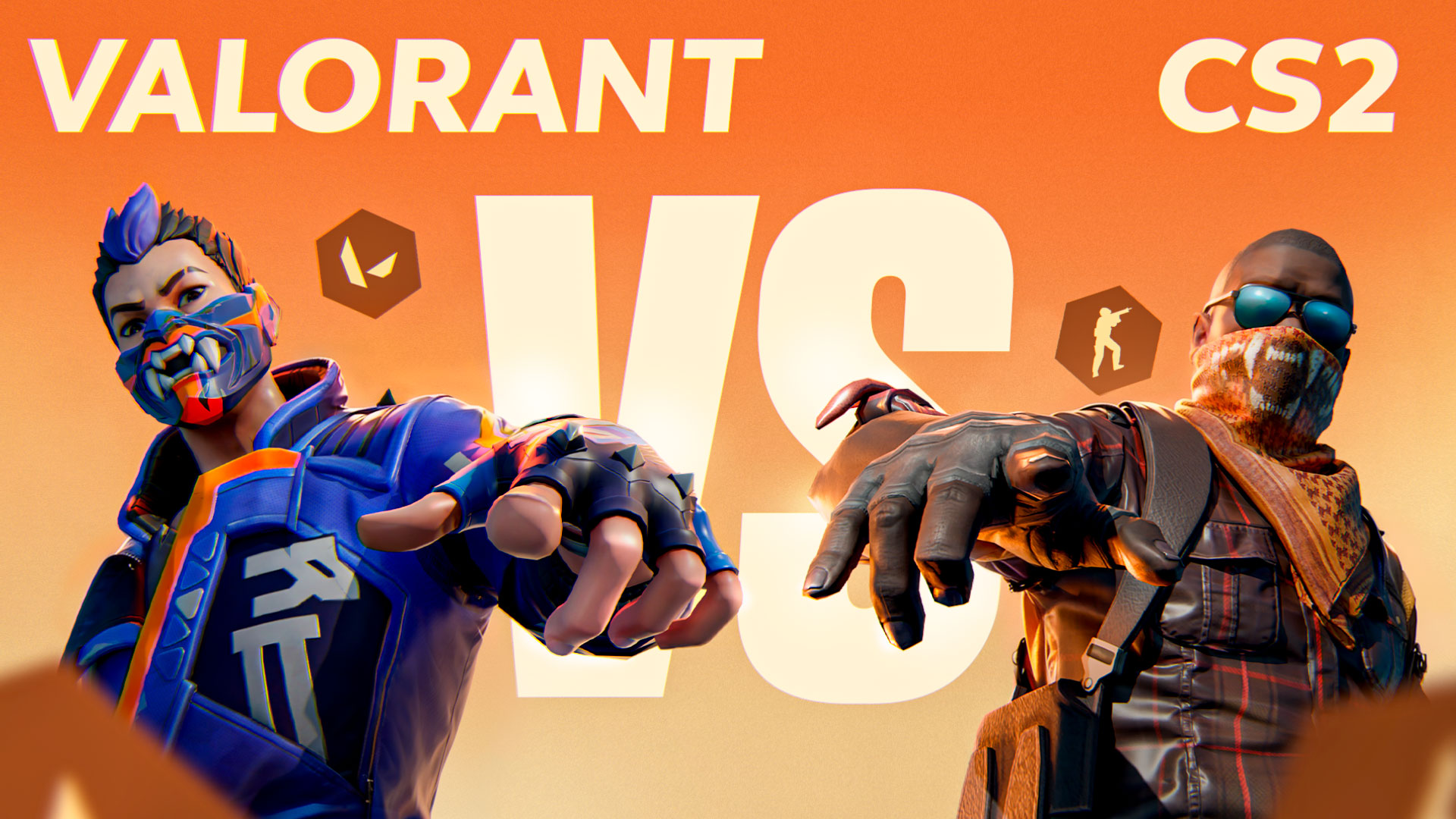
![How to Get Cases in CS2: Ultimate Guide [2024]](https://front.stage.jamson-sc.dev/community/wp-content/uploads/2024/08/Main-x-Name-32.jpg)

